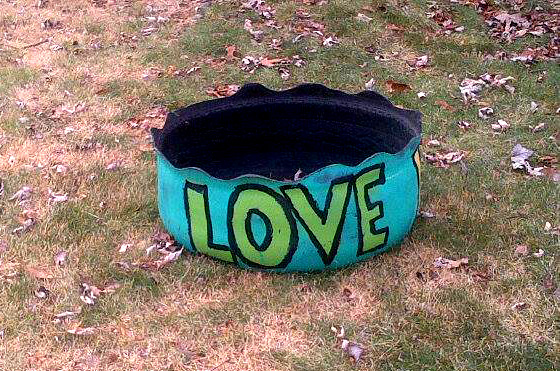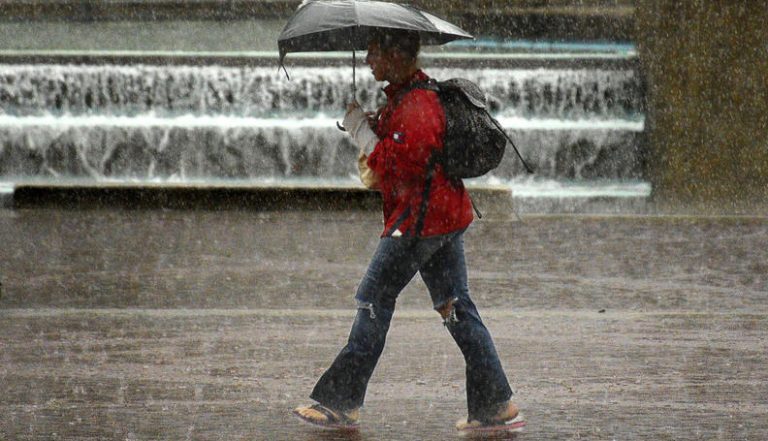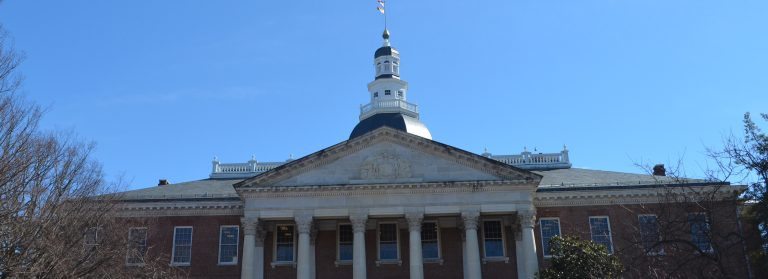Becoming a Catalyst for Change
Reporting Pollution Can Make a Difference Irene Smith, a mother of three and a constant force for good in Herring Run Park, takes a moment to talk about one of her passions and how she got involved with Blue Water Baltimore. She believes that by reporting pollution you can make a difference to help achieve clean…






